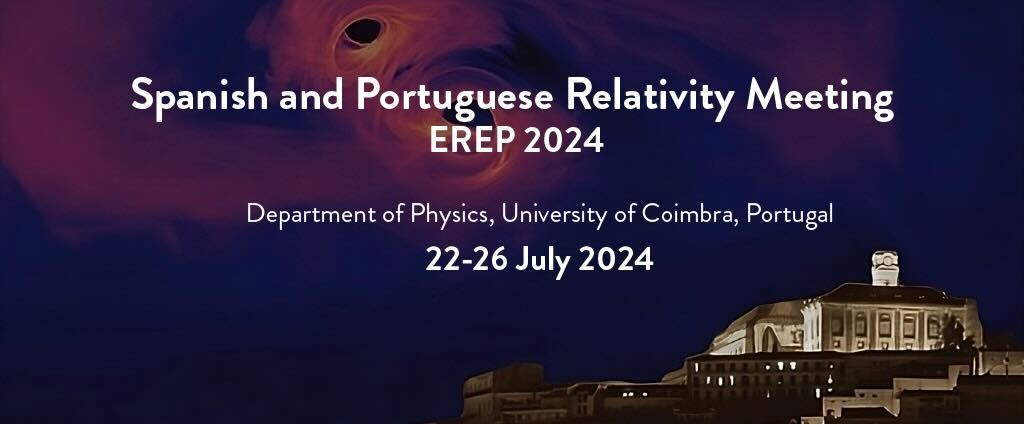Speaker
Description
The perturbation theory of the Friedmann-Lemaître-Robertson-Walker models seems to provide a good explanation of the observed degree of inhomogeneity in the universe, but the structure and evolution of galaxies, clusters, and voids require an analysis outside of the perturbative regime. They are often modeled by Newtonian N-body computations. However, the non-linear effects of the Einstein field equations could be critical in the structure formation, and many studies have been devoted to providing exact inhomogeneous models for studying the formation of structures and for analyzing the effect of the nonlinear inhomogeneities on the cosmic microwave background radiation.
A family of such exact inhomogeneous models is that of the conformally flat solutions of the Barnes-Stephani metrics, the Stephani universes. They can also be characterized as the space-times verifying a weak cosmological principle without any hypothesis on the energy tensor. In this talk, the thermodynamic interpretation of the Stephani Universes is studied in detail. The general expression of the speed of sound and of the thermodynamic schemes associated with a thermodynamic solution is obtained. The constraints imposed on the solutions by considering some significant physical properties are analyzed. We focus on the models in which the cosmological observer measures isotropic radiation. We consider some examples, and a solution that models an ultra-relativistic gas is analyzed in detail.
